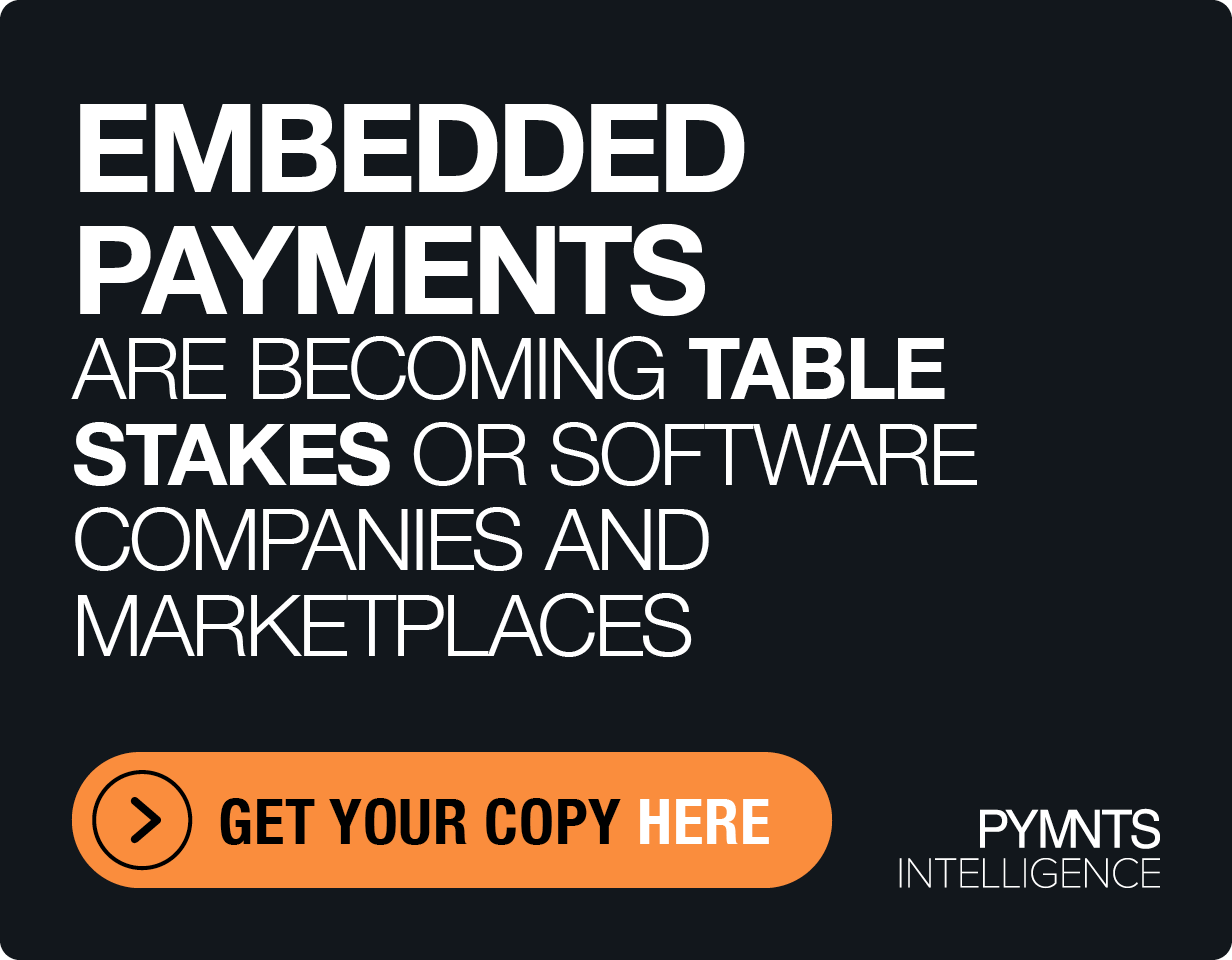Data Helps FinTechs Forge Much-Needed Path to Profitability
For FinTechs, capturing data, analyzing it, and perhaps even monetizing it through partnerships will help determine who’s profitable, and ultimately, which FinTechs survive and thrive.
And profits are sorely needed. As Sezzle CEO Charlie Youakim told Karen Webster, “it’s going to be a tough year.”
The economy is proving resilient, but interest rates are still high, as is the cost of capital. Most innovative firms are still grappling with rapidly evolving regulations.
“A lot of air is coming out of the balloon” for these nascent companies, he said.
Although they may have been able to raise money, the onus is now on FinTechs to prove that they can scale enough so that gross profit can cover operating expenses and operating profits prove sustainable.
“The firms that make it are going to do really well because there’ll be less competition for eyeballs,” Youakim said.
Shivani Siroya, CEO and founder of Tala, and Youakim noted during the continuing “Sezzle FinTech Pivot to Profitability” series that the best ways to gain scale, along with profits, lies in cementing repeat business with customers, which gives momentum to revenue and cuts down on customer acquisition costs.
Platforms such as Sezzle’s and Tala’s, Youakim and Siroya said, have garnered repeat business from more than 90% of their customer rosters, creating financial services ecosystems that, powered by advanced technologies and big data, add value to daily interactions.
Identifying Markets, Problems and Solutions
No matter the size or focus of the firm, successful strategies are predicated on identifying problems and new approaches to alleviating pain points. Develop the right set of solutions, and it’s almost certain that customers will pay for them.
Unit economics are key, agreed Youakim and Siroya, and it’s no longer enough to chase revenues just for the sake of top-line growth.
Tala, which has raised $350 million since its inception in 2014, has loaned out $4.3 billion and counts 9 million customers across its platform globally. It began operations as an app providing instant credit scoring to individuals across underserved markets where credit bureaus are non-existent, stretching from Africa to India to the Philippines.
As Tala made the leap from concept to startup and identified the lack of access to capital as a pain point for millions of consumers, Siroya said, “I became quite intimate with the problems of how customers were using money every single day,” interviewing, by her own estimate, 3,500 individuals across nine different countries.
In recent years, the company has evolved to loan originations, bill pay and other digital services facilitated across its platform. It collects a flat fee, making money off interchange- and transaction-based charges.
Ideally, Siroya said, “the customer gets that ‘magic moment’ of ‘Wow, you actually trust me,’” with credit and loans, and new financial offerings that can help them reach their financial goals.
Tala seeks to address the fact that the “great majority” of consumers in its targeted markets — more than 52% of adults, a $10 trillion opportunity — are unbanked, still transact in cash (a hallmark for 85% of the world) and are finding it hard to match incomes with a growing roster of expenses, Siroya said. Access to microloans can help bridge the gap between income and expenses, even as Tala bridges the gap between paper money and digital channels that broaden financial inclusion.
“Once we approve a customer, and we provide them with access to liquidity, they can choose where they want to use that capital,” Siroya said. “They can cash out in a physical form.”
She added that the hope, with the addition of value-added services, is that more activity will move to digital channels.
Siroya noted that Tala has also integrated with mobile wallets and traditional bank accounts to keep as many funds flowing through the digital ecosystem as possible.
“We’re global and centralized but also modular so that we can plug in different payment forms across each of our markets,” Siroya told Youakim and Webster.
Tala has also integrated with retail chains such as 7-Eleven at remittance centers and bill payment centers, and it offers its own accounts, unlocking purchasing power for underserved segments of society.
The company expects to reach breakeven status later this year, she said.
Youakim observed that Sezzle, too, has targeted underserved populations with buy now, pay later (BNPL), offering a new digital option where consumers want and need more choice to help them get goods and services. Sezzle, he added, enjoys similar repeat rates within its customer base that Tala has fostered, and lifetime values of those relationships are increasing.
Building on the Lifetime Value
Siroya and Youakim noted that the continued, recurring business from loyal customers helps build a treasure trove of data that can add more dimensions to the relationship. Tala is using machine learning and artificial intelligence to apply data across the financial services “supply chain” to personalize offers and fine-tune its servicing and collections activities — and how it communicates with individuals, Siroya said.
With that data in hand, she added, “what we’re considering is capabilities-led expansion,” which she likened to “Tala in a box” that can be integrated with new rails and partners. Sezzle is considering taking a similar approach, remarked Youakim, in a bid to monetize its data to help partners potentially reduce their own credit losses.
“What Charlie and I are saying is that with this alternative data, you have to build the tools to be able to ingest it and make use of it — otherwise you are just creating a black box,” Siroya said.
And in looking ahead for Tala, she added, “profitability, for us, is critical to the mission.”

